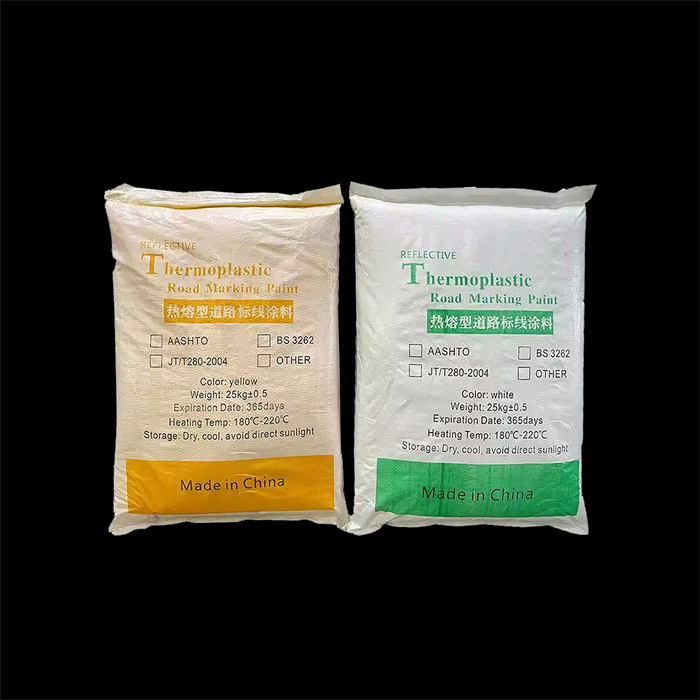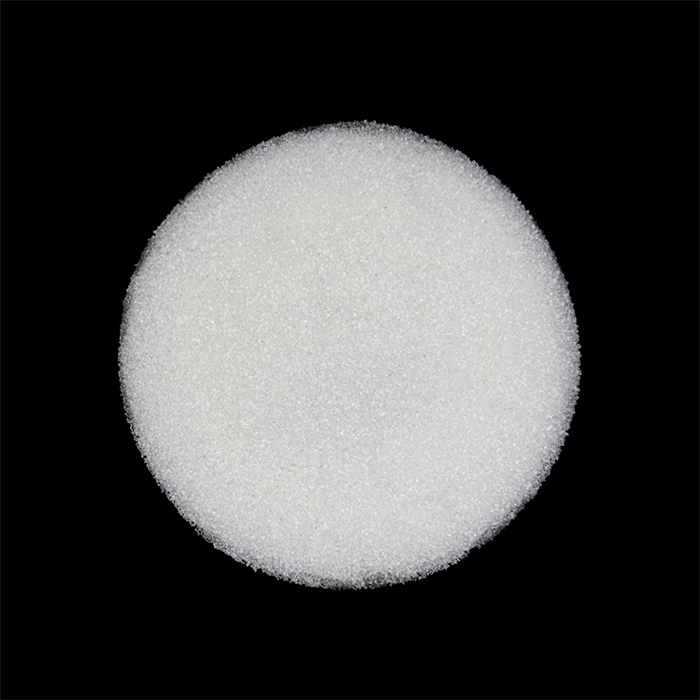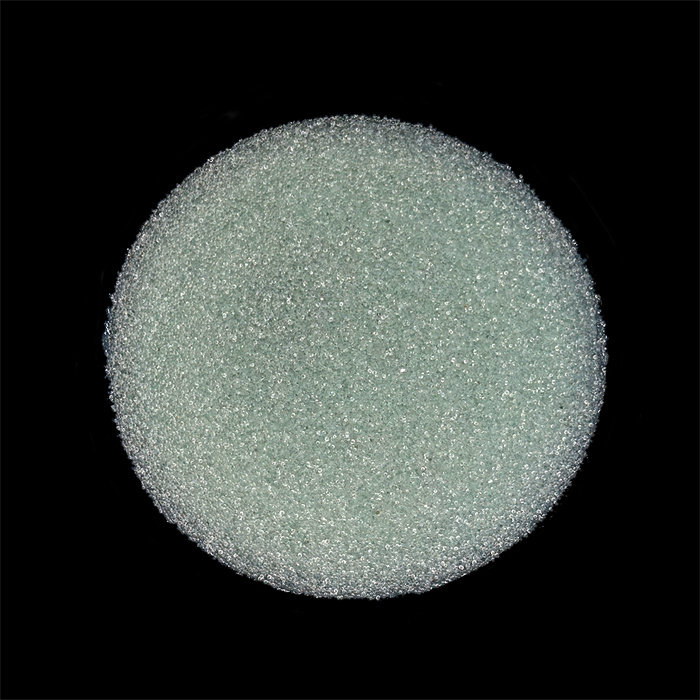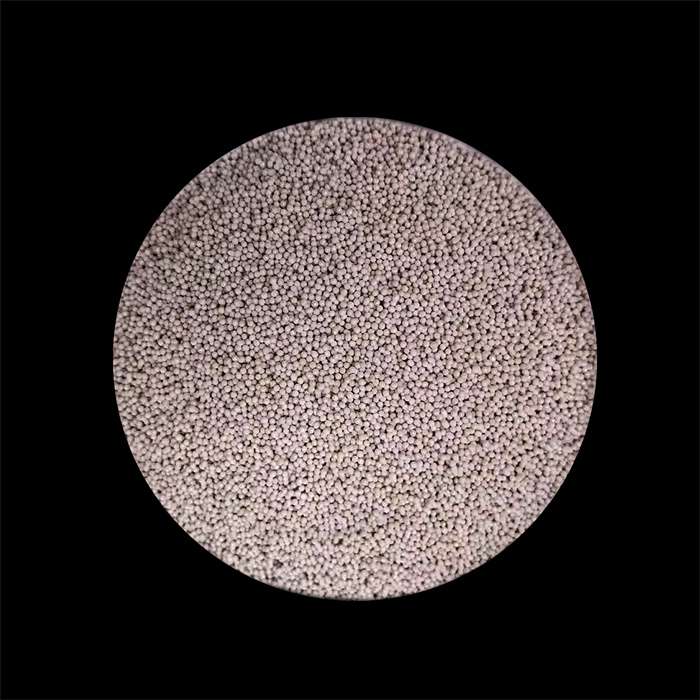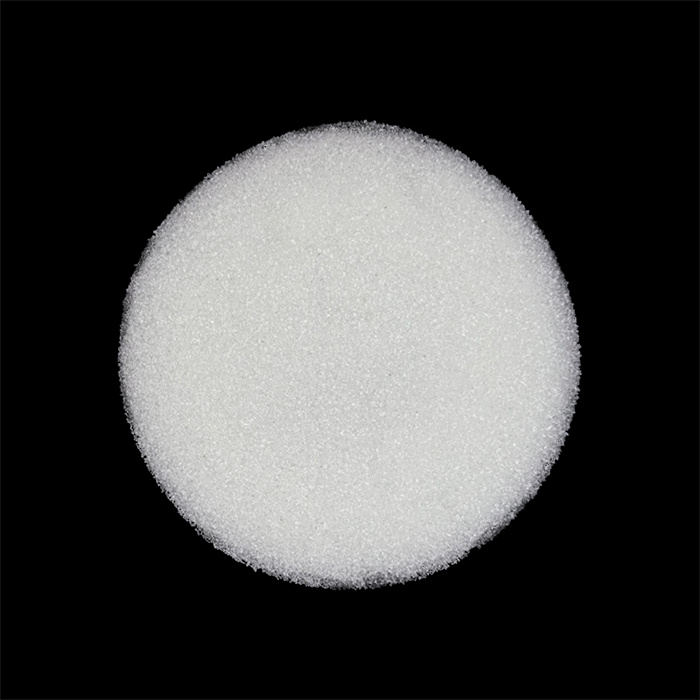Overview of Road Marking Paint
Road marking paint is specifically formulated to provide clear, durable markings on roads, highways, parking lots, and other surfaces. It enhances visibility for drivers, pedestrians, and cyclists, thereby improving overall traffic safety and efficiency. The paint must adhere to stringent durability and reflectivity standards to withstand harsh weather conditions and heavy traffic. Road marking paint plays a crucial role in ensuring safety and organization on roads and highways worldwide.
Specifications and technical data
| Parameter | Details |
|---|---|
| Chemical Composition | Acrylic, epoxy, or thermoplastic resins |
| Application Method | Spray, extrusion, or hand application |
| Drying Time | Typically 5 – 10 minutes |
| Color Options | White, yellow, red, blue, green |
| Durability | Reflectivity and color retention for 6 months to 3 years |
| Thickness | 300 – 600 microns (depends on application method) |
| Skid Resistance | Meets ASTM or equivalent standards |
| Environmental Impact | Low VOC content, environmentally friendly formulations |
| Standards | EN 1871, BS 3262, AASHTO M249 etc. |
Benefits of Road Marking Paint
Road marking paint provides numerous benefits that contribute to enhanced safety and efficiency on roads:
Advantages
1. Visibility Enhancement:
Clear markings in bright colors improve visibility, especially in low-light conditions or adverse weather.
2. Traffic Organization:
Promotes orderly traffic flow and reduces the likelihood of accidents and congestion.
3. Durability:
Resists fading and maintains reflectivity over extended periods, reducing maintenance frequency.
4. Quick Drying:
Fast-drying formulations minimize traffic disruption during application.
5. Environmental Friendliness:
Low-VOC and environmentally friendly options reduce ecological impact.
Features of Road Marking Paint
Road marking paints are distinguished by their features that cater to specific road marking needs:
- High Reflectivity: Ensures visibility at night or in poor weather conditions.
- Abrasion Resistance: Withstands wear from vehicle traffic and weather exposure.
- Chemical Resistance: Maintains color and adhesion when exposed to road salts and cleaning chemicals.
- Application Versatility: Suitable for various road surfaces including asphalt and concrete.
- Compliance: Meets regional and international standards for safety and performance.
Applications of Road Marking Paint
Industrial Applications
- Highways and Motorways: Lane markings, arrows, and symbols for guidance.
- Parking Lots: Space delineation and traffic flow management.
- Airports: Runway and taxiway markings for aircraft navigation.
- Urban Areas: Pedestrian crossings, bike lanes, and bus lanes for urban mobility.
Safety Applications
- School Zones: Crosswalks and speed limit markings to enhance child safety.
- Construction Zones: Temporary markings for redirecting traffic and ensuring worker safety.
Frequently Asked Questions
What is the lifespan of your road marking paint?
The lifespan varies based on traffic volume and weather conditions but typically ranges from 6 months to 3 years.
How often should road markings be repainted?
Routine maintenance schedules recommend repainting every 1 to 2 years to ensure optimal visibility and safety.
Can road marking paint be applied in cold weather?
Yes, certain formulations allow application in colder temperatures, although drying times may be extended.

